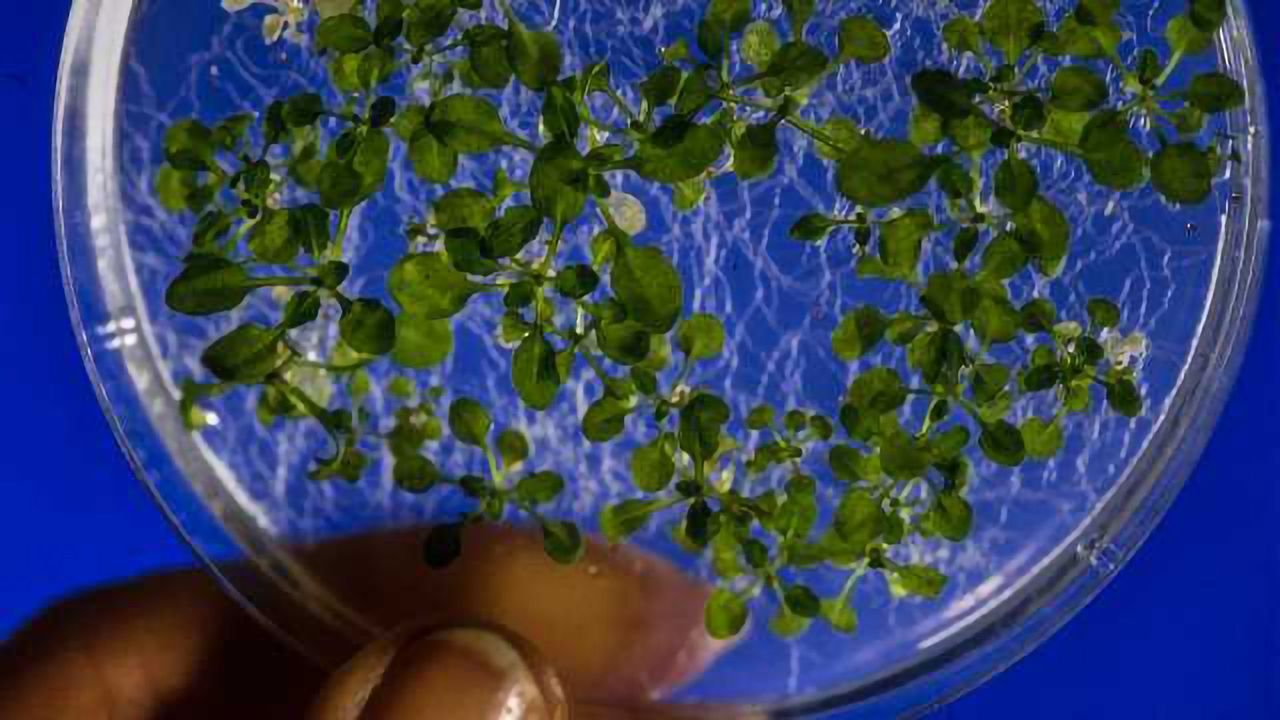Plant genetics is the study of plant genes and heredity. It is a field of botany and biology, but intersects frequently with many other life sciences. It is strongly linked to the study of information systems. Using these insights to improve agriculture and other fields is the goal of plant genetics. It is important to note that there is no single “right” or “wrong” way to study plant genes. However, there are many methods and approaches to understand the various mechanisms involved in determining what makes a plant grow.
In plant genomes, the number of protein-coding genes is fairly consistent. In a study of the genus Aglaea, a transcript-supported annotation found that there were 19623 protein-coding gene copies. By contrast, cotton, burclover, and duckweed each contain 50,000 or more genes. These numbers suggest that green plants are more abundant than vertebrates. The complexity of their genetic architecture reflects widespread variation and ancient polyploidy.
In plants, DNA is the primary genetic material and is found in the nucleus, mitochondria, and chloroplasts. The eukaryotic cell has three chromosomes, one for each species, and each is made up of two or three genomes. The plant genes that are duplicated are called ‘duplicated’. RNA may function as an independent regulatory molecule or as a piece of cellular machinery. In plant genetics, the regulatory and coding regions are referred to as ‘genes’.
Plant genomes represent diverse taxa. Genomic analysis is a critical component of plant genetics because it helps researchers understand the function of genes in plants. The study of genes has been a major focus in the field of molecular biology. In conclusion, the study of gene regulation is essential to the progress of agriculture. It can also aid in the research of disease resistance in animal systems. With this knowledge, scientists can make informed decisions about the future of agricultural and pharmaceutical development.
While plant genomes differ in size, they are similar in functional characteristics. Arabidopsis lyrata’s genome is approximately half as big as that of A. thaliana, which was diverged about 5 million years ago. A thaliana has a smaller-sized genome than Arabidopsis lyrata’, while its counterpart has a larger one. Its gene structure is primarily explained by the fact that both have a similar number of genes.
There are more than forty plant genomes sequenced, representing a large variety of species and taxa. While the number of gene family members is relatively consistent, there is considerable variability in plant genomes. There are a variety of types of genes within each species. Some plants have fewer than five hundred genes, while others have thousands. For example, some people have a high-level genetic understanding of pea. Then there are other plants with a lower number of genes.
The number of published plant genomes varies greatly. These plants have similar genomes in terms of their number of protein-coding genes and non-coding elements, but they differ greatly in their plant genomes. As a result, the number of published genomes varies between species. Several of them have very similar number of sequenced plant gene segments, but some are more or less fragmented than others. This is not an uncommon occurrence in plants, as more than 40 different species of the same family are studied.
There is huge variation in the number of genes between plants, including plant ploidy and genome size. This complicates gene identification and understanding of plant symbiotic processes. Regardless of the species, the number of TE genes varies substantially. The genetic material of different species also varies. Some have different roles in the symbiotic relationship between plants and bacteria. Interestingly, the smallest plant may not have as many ploidy as its neighbor.
In the past eight years, the number of plant genes has increased considerably. Some of them have been found in cDNAs, while others are unknown. The number of genetic material in plants is incredibly vast. It is impossible to predict the function of individual organisms without understanding their symbiotic interactions. The synthesis of these compounds is an important aspect of plant evolution. The diversity of these compounds may be a key factor in drug discovery.














